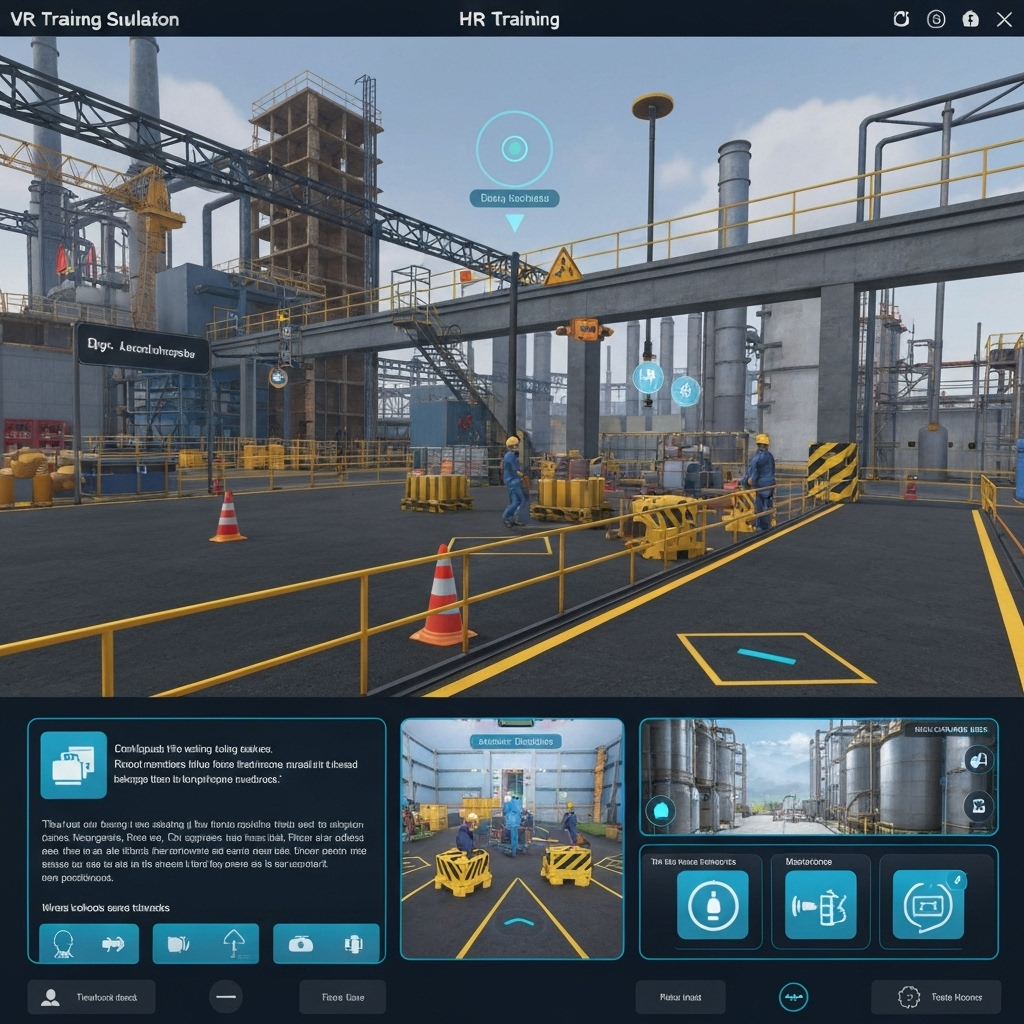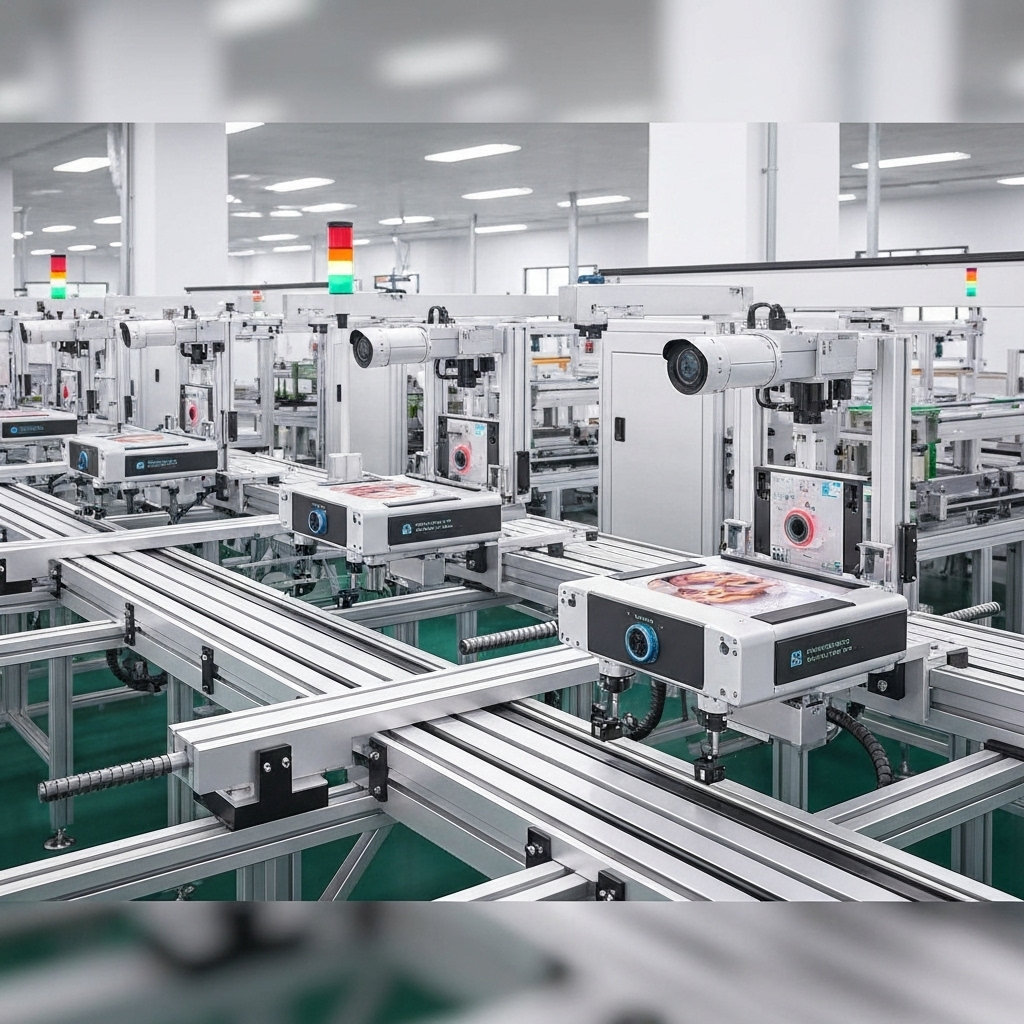XR Training Simulations: Measuring Real ROI in Manufacturing
Data-driven analysis of XR training effectiveness. How immersive simulations reduce training time by 40% and improve safety compliance by 85%.

XR training promises revolutionary improvements in learning outcomes, but measuring real ROI requires rigorous data collection and analysis. After deploying training simulations across multiple manufacturing facilities, we can quantify the actual impact on training time, retention, and safety compliance.
Measuring Training Effectiveness
Traditional training metrics focus on completion rates and test scores. XR training enables deeper measurement: time to competency, error rates in simulated scenarios, and retention over time. Our data shows 40% reduction in training time and 85% improvement in safety compliance scores.

Cost-Benefit Analysis
XR training systems require significant upfront investment but deliver measurable returns through reduced training time, fewer workplace accidents, and improved operational efficiency. The break-even point typically occurs within 18 months for facilities training 50+ workers annually.

Implementation Best Practices
Successful XR training programs start with clear learning objectives and measurable outcomes. Focus on high-risk, high-cost scenarios where mistakes are expensive. Combine VR simulations with traditional training methods for optimal results.

XR training delivers measurable ROI when implemented strategically. The key is focusing on scenarios where immersive training provides clear advantages over traditional methods and measuring outcomes that matter to business operations.


